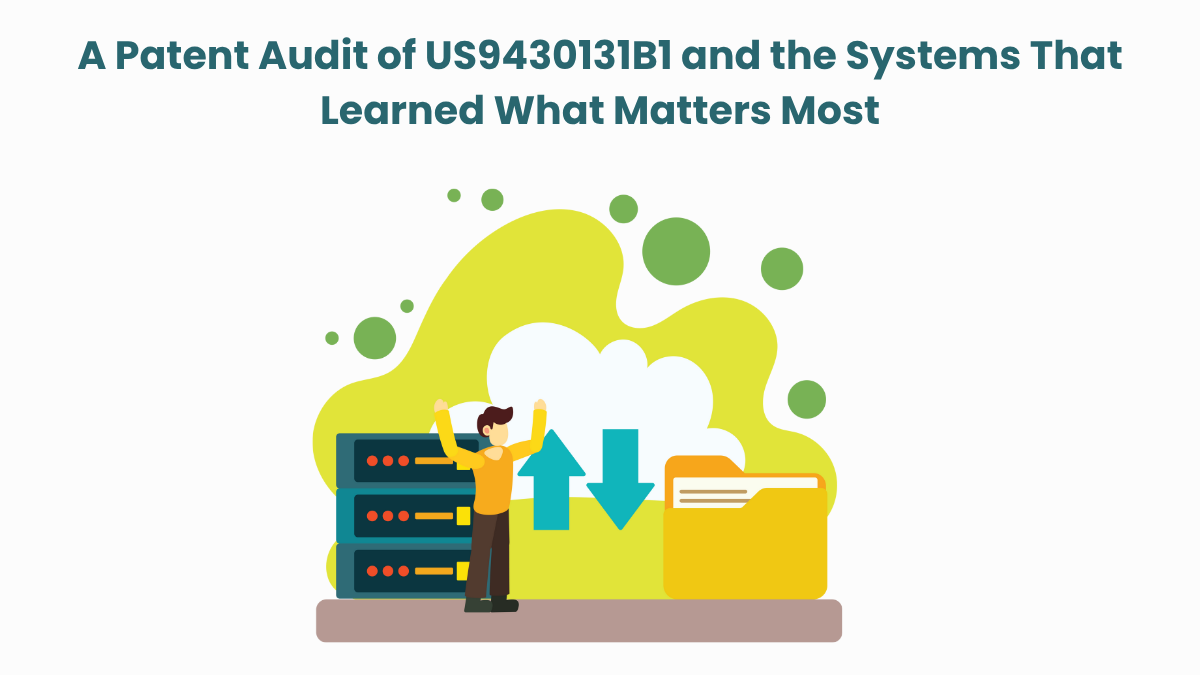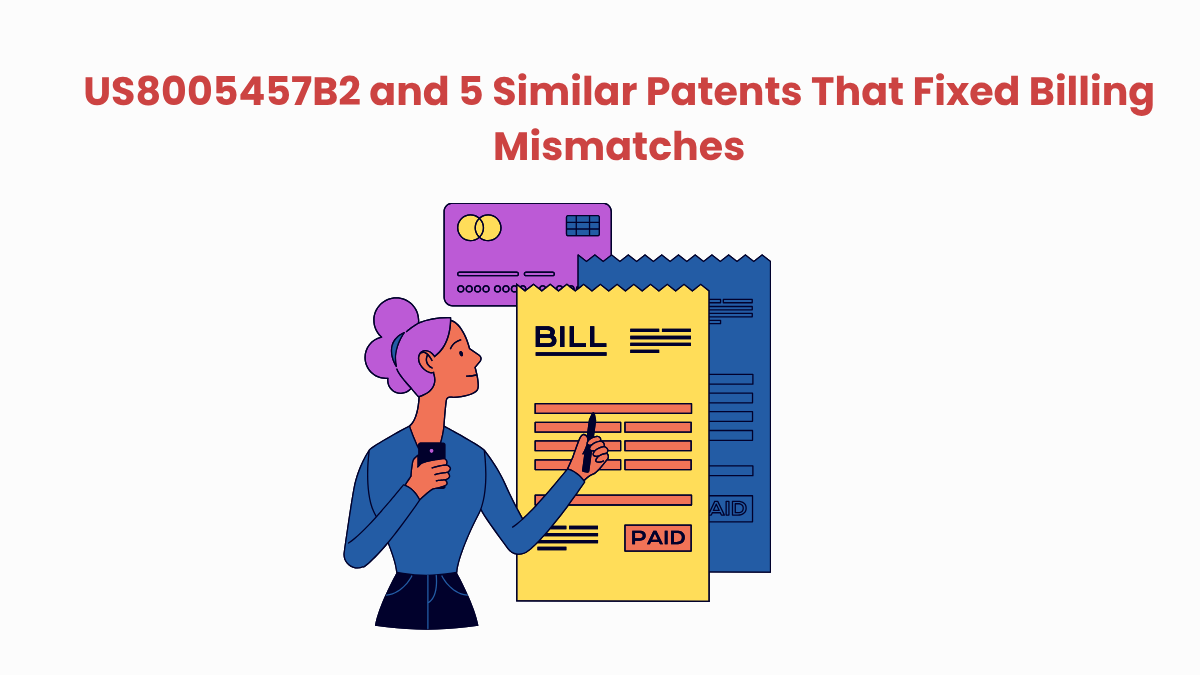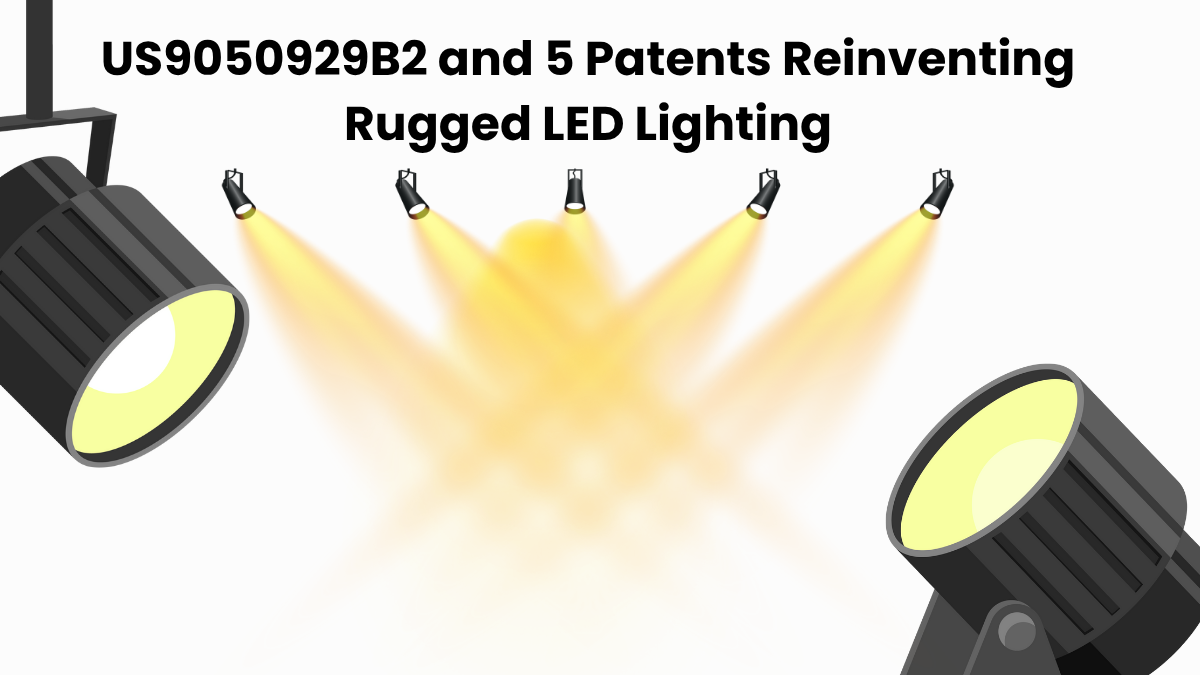Some patents trigger a quiet ripple. Others ignite a wave of curiosity because their core concepts seem to surface across industries. US9095563B2 fits the latter description.
Recently referenced in a dispute between Metronome LLC and Floyd’s of Leadville, this patent focuses on topical formulations derived from Cannabis species. Specifically, it covers those with tetrahydrocannabinol (THC), cannabidiol (CBD), or both in concentrations exceeding 2 mg/kg. While the legal implications are being addressed elsewhere, our interest here lies in the broader landscape of related innovations.
Using the Global Patent Search (GPS) tool, we examine patents that echo similar ideas. These include formulation design, cannabinoid concentration, or botanical drug integration. If you’re navigating the growing overlap of cannabis science, wellness products, and IP strategy, this exploration of data-connected patents offers a clear, analytical perspective worth your time.
Understanding Patent US9095563B2
US9095563B2 discloses a topical formulation that incorporates a Cannabis-derived botanical drug product. The core invention centers on ensuring that the concentration of either tetrahydrocannabinol (THC), cannabidiol (CBD), or both exceeds 2 milligrams per kilogram in the formulation. The invention also covers methods of manufacturing such formulations. It includes their use in treating dermatological conditions.
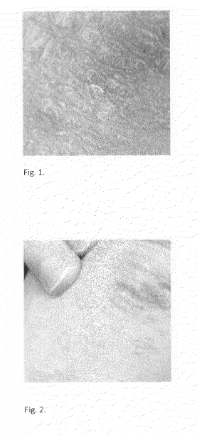
Source: Google Patents
Its four key features are:
#1. Cannabinoid concentration: A topical formulation containing a Cannabis-derived botanical drug product with more than 2 mg/kg of THC, CBD, or both
#2. Therapeutic integration: Integration of therapeutic agents such as hydrocortisone, antibiotics, or analgesics into the formulation
#3. Versatile dosage formats: Formulation options include creams, ointments, lotions, shampoos, soaps, and sprays
#4. Dermatological treatment: Application of the formulation for the treatment of dermatological diseases like psoriasis, eczema, and acne
This patent plays a central role in the development of cannabinoid-based dermatological products. The technical content focuses on elevated cannabinoid concentrations in topical forms. It also emphasizes how the formulations maintain therapeutic integrity across various delivery types.
From AI-designed drugs to cannabinoid-infused topicals, innovation in treatment formats is accelerating. Explore how AI is transforming healthcare and formulation strategies.
Similar Patents As US9095563B2
To explore the innovation landscape surrounding US9095563B2, we ran the patent through the Global Patent Search tool. Below is a quick glimpse of the GPS tool in action:
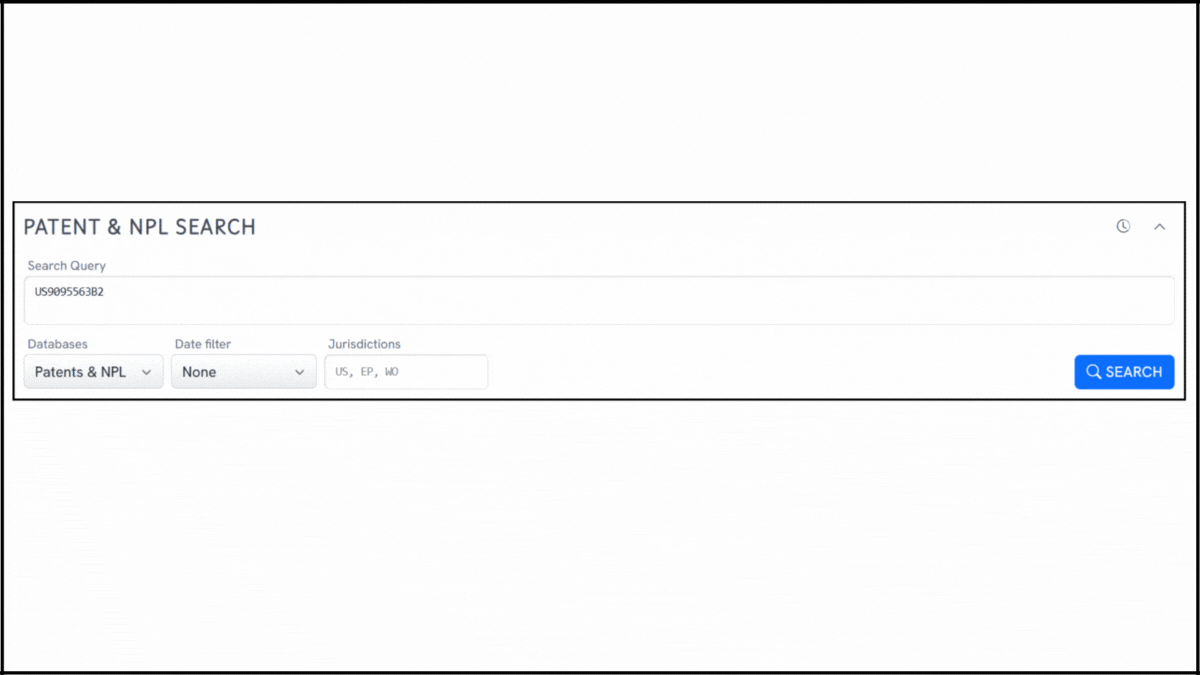
Source: Global Patent Search
This analysis surfaced a list of related patents that share technical similarities in formulation design, cannabinoid delivery, and topical absorption. Below, we highlight five of these references that reflect comparable ideas in the administration of therapeutic cannabis. These examples offer insight into how similar challenges have been addressed across different systems.
#1. ES2253331T3
This Spanish patent, ES2253331T3, published in 2006, explores transdermal cannabinoid administration for therapeutic use. It focuses on the delivery of active cannabis compounds like THC, CBD, CBN, and CBC through the skin, citing measurable skin absorption rates.

Source: GPS
What this patent introduces to the landscape?
- Transdermal cannabinoid delivery: Enables cannabinoids to penetrate the skin at a rate of 25 micrograms per square centimeter per hour.
- Validation of Delta-8 THC absorption: References scientific research confirming the effectiveness of Delta-8 THC in transdermal formats.
- Inclusion of multiple cannabinoids: Utilizes THC, CBD, CBN, and CBC for a broad-spectrum therapeutic formulation.
How it connects to US9095563B2?
While US9095563B2 centers on topical formulations with elevated concentrations of cannabinoids, ES2253331T3 explores the pharmacokinetics of skin-based delivery. Both share a commitment to effective transdermal absorption and the therapeutic use of cannabis compounds. Together, they emphasize:
- Cannabinoid-enabled topical drug design
- Verified skin absorption pathways for cannabis compounds
- Application of cannabis actives in localized treatment formats
Why this matters?
This reference underscores the early technical validation of transdermal cannabinoid delivery. It strengthens the relevance of US9095563B2 by showing how similar pharmacological concepts have been applied to cannabis formulations intended for skin-based use.
#2. CA2925468A1
This Canadian patent, CA2925468A1, published in 2015, presents a formulation containing THC and CBD in concentrations above 2 milligrams per kilogram. It details a range of topical delivery formats, including lotions, creams, shampoos, and sprays, for treating dermatological diseases with cannabinoids.
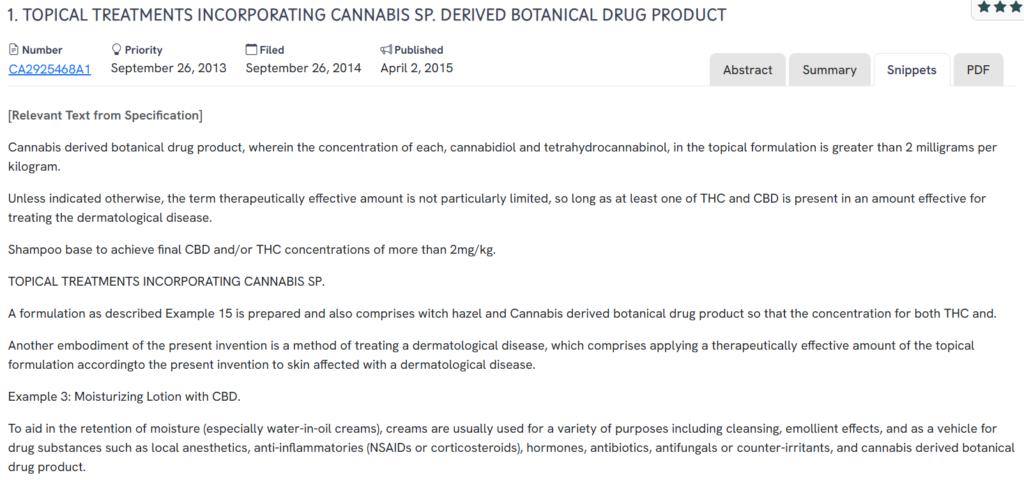
Source: GPS
What this patent introduces to the landscape?
- High-concentration cannabinoid formulation: Describes topical products with THC and/or CBD exceeding 2 mg/kg, defined as a therapeutically effective amount.
- Versatile topical product range: Covers formats like moisturizing lotions, shampoos, and creams infused with cannabinoids and supporting agents such as witch hazel.
- Targeted treatment of dermatological conditions: Emphasizes cannabis-based therapies for conditions like psoriasis, eczema, and inflammation using skin-applied methods.
How it connects to US9095563B2?
While US9095563B2 establishes the use of cannabinoid-rich topicals in dermatology, CA2925468A1 echoes and expands on this with similar formulations. Both patents reflect shared goals in:
- Delivering cannabinoids at medically significant concentrations
- Using botanical extracts for therapeutic skin treatments
- Supporting diverse dosage forms for topical cannabis application
Why this matters?
This reference directly parallels the key claims of US9095563B2. It confirms that high-dose cannabinoid topicals were explored across jurisdictions and formats, offering a valuable comparative lens into the evolving cannabinoid skincare space.
#3. US20120095087A1
This US patent, US20120095087A1, published in 2012, explores formulations that blend cannabinoids with flaxseed oil and pharmaceutical carriers. It focuses on creating bioactive compositions, such as lotions, creams, and oils, that can be absorbed through the skin for medicinal purposes.

Source: GPS
What this patent introduces to the landscape?
- Cannabinoid-oil skin absorption: Describes topical compositions that combine cannabinoids with triglyceride-rich carriers like flaxseed oil for transdermal delivery.
- Use of CBD or THC as active agents: Specifically identifies CBD and THC among the cannabinoids used for therapeutic effect in the formulations.
- Application in pharmaceutically acceptable bases: Includes lotions, creams, and oils as carrier systems to deliver cannabinoid receptor agonists or antagonists via the skin.
Recommended Read: Want to see how biosynthesis is reshaping wellness and personal care? Check out the top synthetic biology companies reimagining natural ingredients.
How it connects to US9095563B2?
While US9095563B2 focuses on cannabinoid concentration thresholds, US20120095087A1 emphasizes formulation techniques. Both patents converge through:
- Use of CBD and THC in skin-absorbed formats
- Application of plant-based oils for enhanced bioavailability
- Development of therapeutic topicals using cannabinoid receptor targeting
Why this matters?
This reference highlights an early attempt to combine cannabinoids with natural carriers for topical delivery. It supports the scientific basis for cannabinoid-infused topicals like those in US9095563B2, while emphasizing ingredient synergy for medicinal absorption.
#4. US8425950B1
This US patent, US8425950B1, published in 2013, introduces a cannabis-based topical remedy. Although details are limited in the available data, the invention clearly identifies the use of cannabis in a skin-applied formulation aimed at delivering therapeutic effects.

Source: GPS
What this patent introduces to the landscape?
- Cannabis-based topical remedy: Defines the invention as a skin-applied treatment using cannabis, likely for localized therapeutic relief.
- Focus on liquid formulations: Suggests a liquid mixture format, possibly allowing for flexible applications in oils or sprays.
- Emphasis on medicinal use: The topical is described with therapeutic intent, supporting its relevance to medical cannabis applications.
How it connects to US9095563B2?
Though US8425950B1 provides fewer technical specifics, its cannabis-based topical approach aligns with US9095563B2 in several ways:
- Use of cannabis compounds in dermatological products
- Topical application as the delivery route
- Shared focus on therapeutic, non-ingestible cannabinoid solutions
Why this matters?
This reference confirms the broader industry movement toward cannabis-infused topical treatments. It supports the relevance of US9095563B2 within a field exploring similar skin-based remedies using cannabis as the primary active agent.
#5. US6503532B1
This US patent, US6503532B1, published in 2003, presents a pharmaceutical gel formulation containing Δ9 THC designed for transdermal delivery. It includes specific methods for preparing the gel using multiple carrier and enhancer components, with the goal of applying the active ingredient directly to the skin.

Source: GPS
What this patent introduces to the landscape?
- High-potency THC transdermal formulation: Describes a preparation with 1–50% cannabis and 10–90% transdermal carrier for skin-based application.
- Multi-phase gel manufacturing process: Details a three-step mixing process using ethanol, isopropyl myristate, carbopol, and trolamine to stabilize THC in gel form.
- Transdermal formats beyond gel: Includes alternative delivery options such as patches, strips, or bandages for holding the preparation against the skin.
How it connects to US9095563B2?
While US6503532B1 offers a detailed formulation and delivery protocol, it intersects with US9095563B2 through shared objectives:
- Use of THC as the active therapeutic agent
- Topical or transdermal delivery of cannabinoids
- Emphasis on formulations for skin absorption and controlled dosing
Why this matters?
This patent offers a robust transdermal approach to cannabinoid delivery, reinforcing the foundational idea of topical THC treatment. It supports the scientific and pharmaceutical basis of US9095563B2 and illustrates earlier technical strategies for skin-based cannabinoid therapy.
How to Find Related Patents Using Global Patent Search?

Understanding the broader innovation landscape around a patent can be essential for developing cannabinoid therapeutics, refining topical delivery formats, or benchmarking pharmacological design. The Global Patent Search tool simplifies this process, helping users surface inventions that reflect similar composition strategies or skin absorption methods. Here’s how it works:
1. Enter the patent number into GPS: Start by entering a patent number like US9095563B2 into the GPS tool. It converts that number into a contextual search, which can also be fine-tuned with keywords like “topical cannabinoid,” “transdermal,” or “CBD formulation.”

2. Explore conceptual snippets: GPS no longer relies on feature-by-feature matching. Instead, it delivers smart text snippets that highlight core technical ideas, such as cannabinoid concentration thresholds or skin-delivery mechanisms, in other patents.

3. Identify related inventions: The tool reveals patents with similar goals, like therapeutic delivery through the skin or formulation of active botanical compounds, allowing you to trace how other inventors approached comparable challenges.
4. Compare systems, not legal claims: GPS focuses on functional parallels rather than legal language. This means you can analyze how different patents solve the same problem, even if the claims are worded differently.
5. Accelerate cross-domain insights: Whether you’re researching cosmetic cannabinoids, dermatological treatments, or botanical formulations, GPS helps you connect the dots across patent families that might otherwise remain siloed.
With this approach, Global Patent Search empowers researchers, formulators, and IP analysts with a clear, concept-driven view of related technologies, supporting smarter development and a more confident patent strategy.
Disclaimer: The information provided in this article is for informational purposes only and should not be considered legal advice. The related patent references mentioned are preliminary results from the Global Patent Search tool and do not guarantee legal significance. For a comprehensive related patent analysis, we recommend conducting a detailed search using GPS or consulting a patent attorney.


